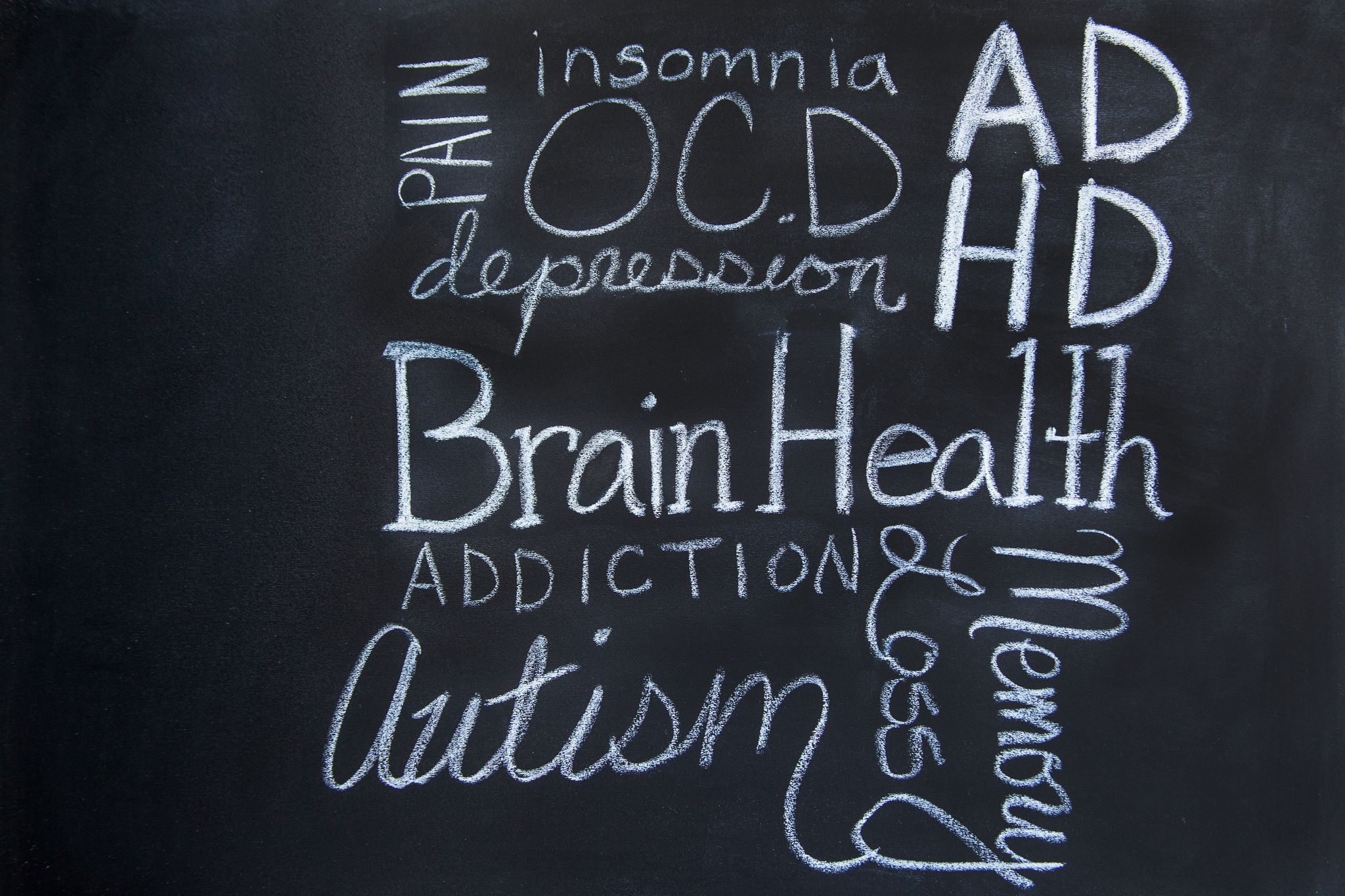When a friend recently asked me to join them for a class at Inscape, a New York-based meditation studio that New York Magazine described as the “SoulCycle of meditation”, I was skeptical. On the one hand, I usually meditate at home for free, so paying almost $30 for a meditation class seemed a bit silly. On the other hand, my meditation practice had dropped off considerably since the beginning of the year. Maybe an expensive luxury meditation class was just what I needed to get me back into my regular practice. Stepping off bustling 21st Street into the clean modern space, I heard the sounds of, well…nothing. It was incredibly quiet. Before getting to the actual meditation studios, I had to pass through Inscape’s retail space. The minimalistic shelves hold a variety of supplements, tinctures, and powders that include unique ingredients like Reishi medicinal mushrooms and cannabidiol extract. Many contain adaptogens, herbal compounds that purport to increase one’s resistance to stress, though their efficacy has never been quantitatively proven.[1] These products’ promises run the gamut from shiny hair and stress relief to aura cleansing. I may be a super-skeptic, but even I am not immune to the lures of top-notch marketing. With great consideration, I purchased one of the many magical powders for sale labeled as ‘edible intelligence.’
Since wellness has become trendy, a considerable space in the retail market has opened for associated products dedicated to helping people live their best lives. As Amy Larocca pointed out in her June 2017 article The Wellness Epidemic, “[In the wellness world] a loaf of bread may be considered toxic, but a willingness to plunge into the largely unregulated world of vitamins and supplements is a given.” Even a recent episode of Modern Family poked fun at the wellness trend when Haley Dunphy applied for an ultra-competitive job with fictional wellness guru Nicole Rosemary Page. During her interview at Page’s Nerp company headquarters, Page laments, “People say that Nerp is nothing more than a con-job, a cash grab vanity project from a kooky actress. I want to turn Nerp into the next Disney-Facebook-Tesla-Botox. It’s a world changer.” Though Page is a fictional character, I can’t help but wonder whether the character was inspired by the very real Amanda Chantal Bacon, the founder of Moon Juice, which bills itself as an adaptogenic beauty and wellness brand. Bacon’s Moon Dusts retail for $38 a jar and come in varieties such as Spirit, Beauty, and Dream.
The bottom line is that a sense of well-being needn’t come at the price of thirty-plus dollars an ounce. In fairness to those who choose to spend lavishly, I believe that plunking down a chunk of cash might create an intention to use and derive value from a product, thus positively influencing one’s perception of how well the product works. Rest assured, however, that living with intention and gratitude can be just as easily accomplished without spending any money at all. Carving out time in the day to create a small ritual for yourself can be as simple as spending a few minutes in the morning listening to jazz as you drink your first cup of coffee or allowing yourself to become immersed in a good book before drifting off to sleep. These simple acts allow us to bestow kindness upon ourselves that is especially important in our stressful and busy lives as medical students. My suspicion is that by performing such rituals with intention, we derive much of the same benefit whether our mug is filled with the trendy mushroom coffee or just plain old Folgers.
I’m always thinking about ways I can improve my own well-being, but as graduation approaches I also find myself thinking about how these practices might help my patients as well. One of my fundamental goals as a future psychiatrist will be to help my patients see the value in themselves and in their own lives. I predict that for many of my patients, achieving this goal will depend perhaps on medications but also on the deployment of simple wellness tactics such as I described. I’m not going to lie…I’m still intrigued by many of the wellness products that can be found in places like Inscape, Whole Foods, and the Vitamin Shoppe, especially when I think about the potential benefits they might have for my future patients. I figure that if these products do even half of what they promise to, some of them might even be worth the money. So what happened when I added a sachet of intelligence powder to my usual morning smoothies? Pretty much nothing. At one point, I got excited when I began to feel my fingers getting tingly. Then I realized I had been leaning on my ulnar nerve. Not so brainy after all.
[1] Reflection Paper on the Adaptogenic Concept, Committee on Herbal Medicine Products of the European Medicines Agency, May 2008.
Photo credit: Open Grid Scheduler / Grid Engine



